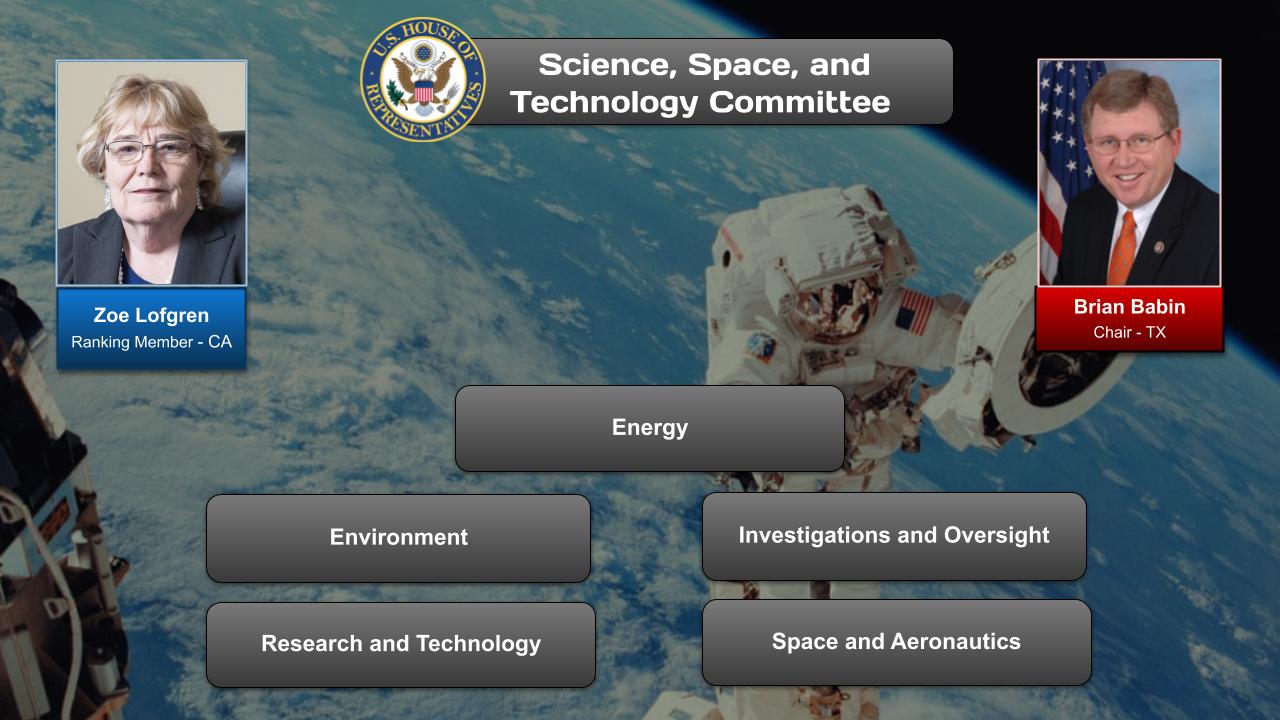The vision of the National Nanotechnology Initiative (NNI) is a future in which the ability to understand and control matter at the nanoscale leads to ongoing revolutions in technology and industry that benefit society.
The National Nanotechnology Initiative (NNI) is a U.S. Government research and development (R&D) initiative. Over thirty Federal departments, independent agencies, and commissions work together toward the shared vision of a future in which the ability to understand and control matter at the nanoscale leads to ongoing revolutions in technology and industry that benefit society. The NNI enhances interagency coordination of nanotechnology R&D, supports a shared infrastructure, enables leveraging of resources while avoiding duplication, and establishes shared goals, priorities, and strategies that complement agency-specific missions and activities.
- There are many issues related to Economy & Jobs that Congress is looking to address with legislation. In the ‘About’ section of this post is an overview of the issues and potential solutions, party positions, and web links. Other sections have information on relevant committees, chairs, & caucuses; departments & agencies; and the judiciary, nonpartisan & partisan organizations, and a wikipedia entry.
- To participate in ongoing forums, ask the post’s curators questions, and make suggestions, scroll to the ‘Discuss’ section at the bottom of each post or select the “comment” icon.
The Nanotechnology category has related posts on government agencies and departments and committees and their Chairs.
TechScience Talk – 07/05/2023 (09:49)
https://www.youtube.com/watch?v=NNoAWz12VL4
Welcome to our YouTube channel, where we explore the fascinating world of science and technology. In this video, we will be discussing the latest advances in nanotechnology and nanomaterials. We will be looking at some of the most innovative research and development taking place in this field and the potential impact it could have on our world. So, sit back and join us for an exciting journey into the world of nanotechnology.
OnAir Post: Nanotechnology











